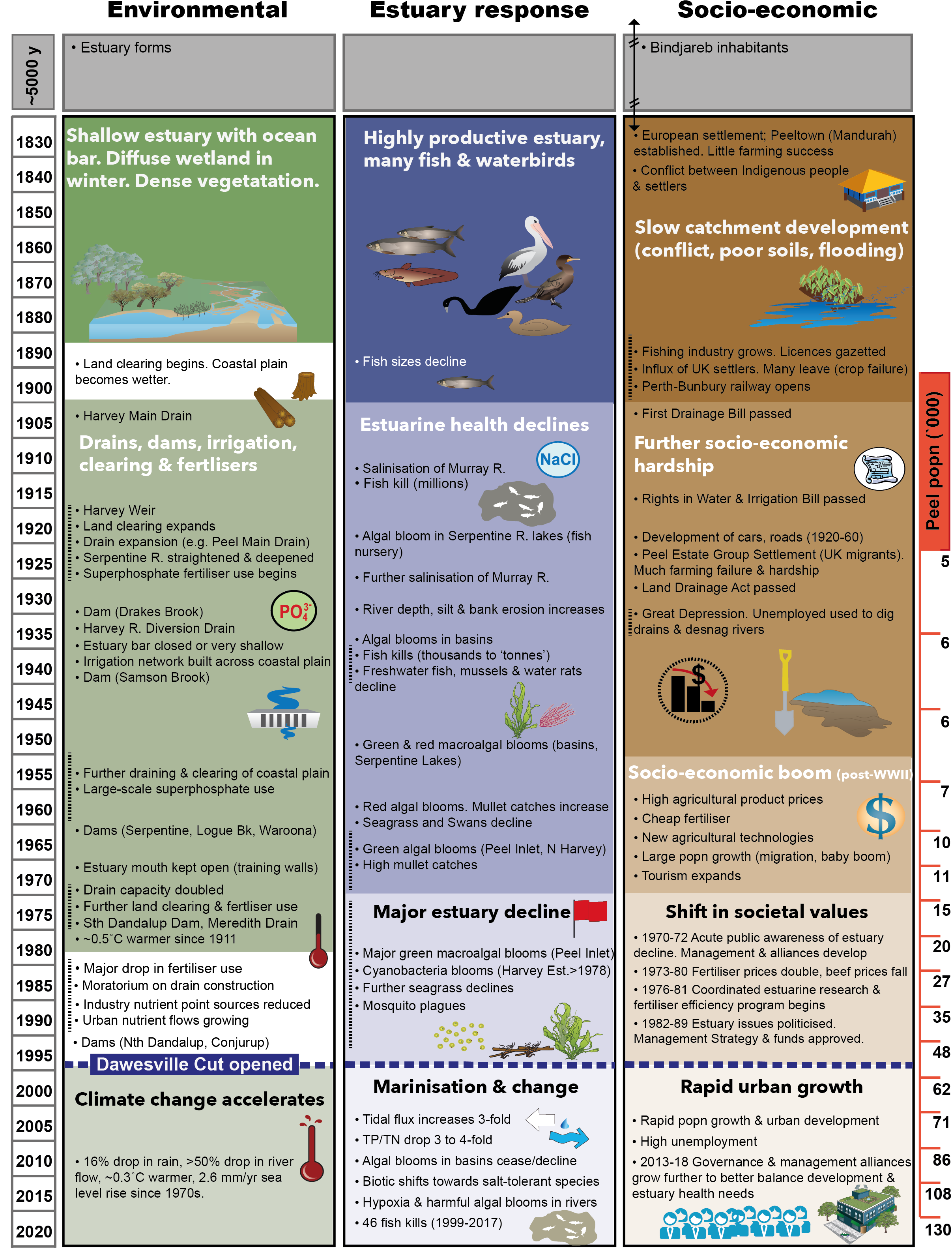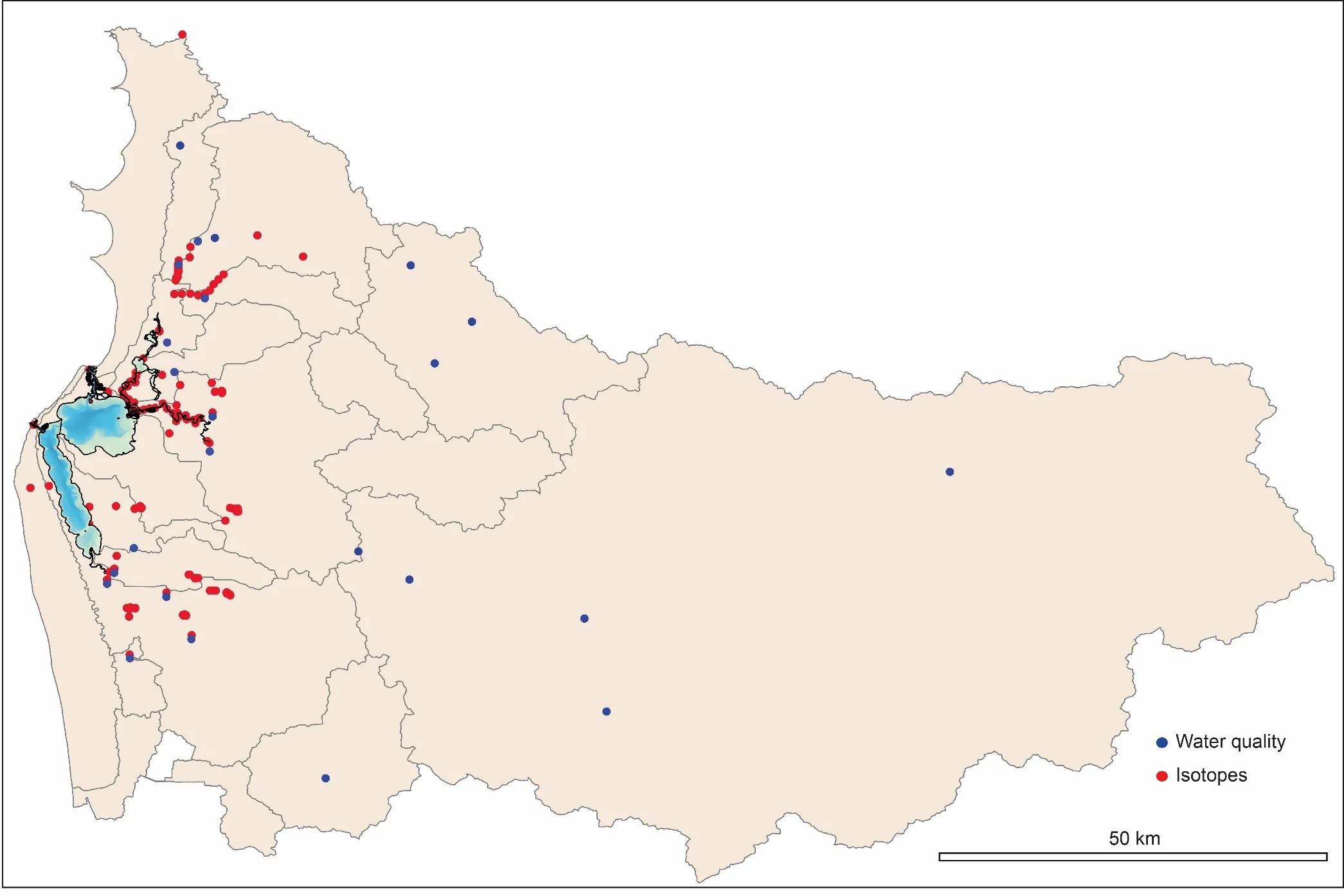Estuaries around the world are challenged by the pressures of coastal development, resource exploitation and climate change. At the same time they remain integral to community values, local identity, and regional economies. So how can we best strike the balance between development and protection? The research documented in this book aimed to explore this question and facilitate the sustainable development of a fast-growing coastal area in south-western Australia - the Peel-Harvey region. By exploiting 40+ year inter-disciplinary data sets for this catchment-estuary system and integrating ecological, hydrological, biogeochemical, modelling and socio-economic expertise, the research presented in this book seeks to link primary catchment drivers to estuarine health response (up to higher fauna), quantify estuarine ecological health and ecosystem services under historical and future scenarios, and test resilience across the human–natural system. Key outcomes include evidence-based catchment planning solutions that optimise trade-offs between socio-economic development goals and minimal downstream impacts on estuarine health. Given the Peel-Harvey’s particularly iconic history of fundamental ecosystem shifts, through both chronic decline and an acute engineered ‘recovery’, combined with its current and forecast climate and development stressors, there is an urgent need for a holistic view of this important socio-ecological system that can be used to inform sustainable development.
Our overarching objectives were to:
- Develop indices of estuarine and societal ‘health’
- Establish historical trends and health status
- Establish current condition and health status
- Build a comprehensive theoretical and modelling framework to power a Decision Support System
- Explore current and future socio-ecological trade-offs through scenario assessment






 While the calculations underlying these indices are complex, most are reported simply on a ‘good-poor’ spectrum using either scales or ‘report card’ grades, so they can be easily interpreted by the wider community. The full suite of indicators is outlined in Table
While the calculations underlying these indices are complex, most are reported simply on a ‘good-poor’ spectrum using either scales or ‘report card’ grades, so they can be easily interpreted by the wider community. The full suite of indicators is outlined in Table 

